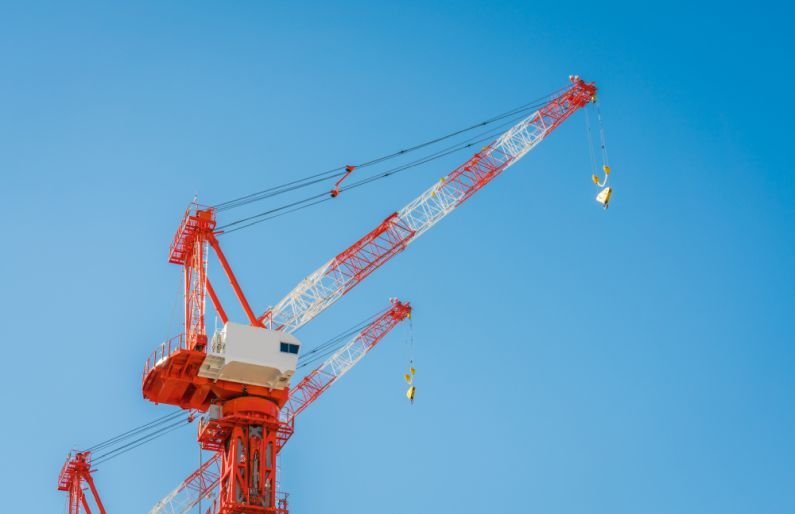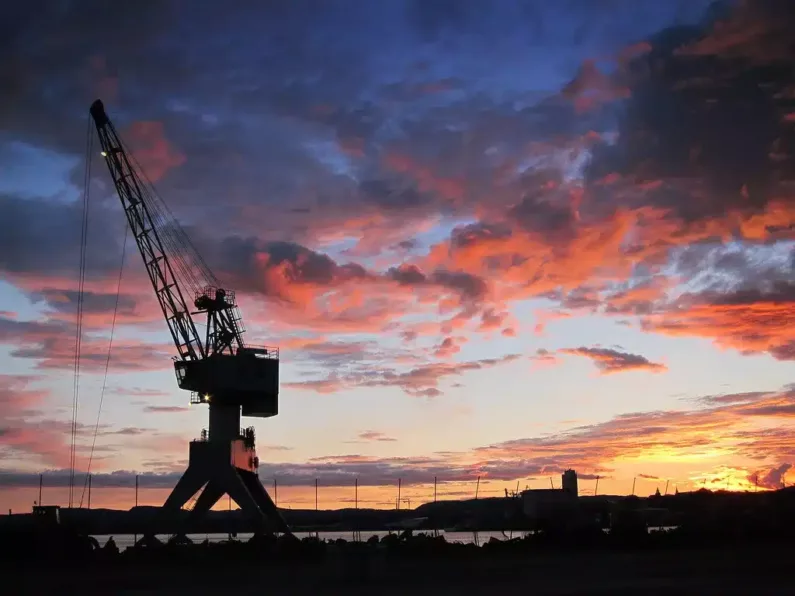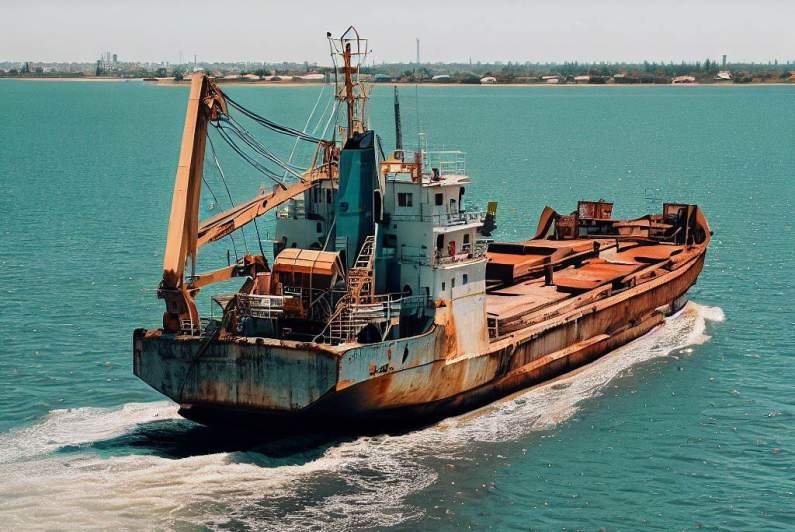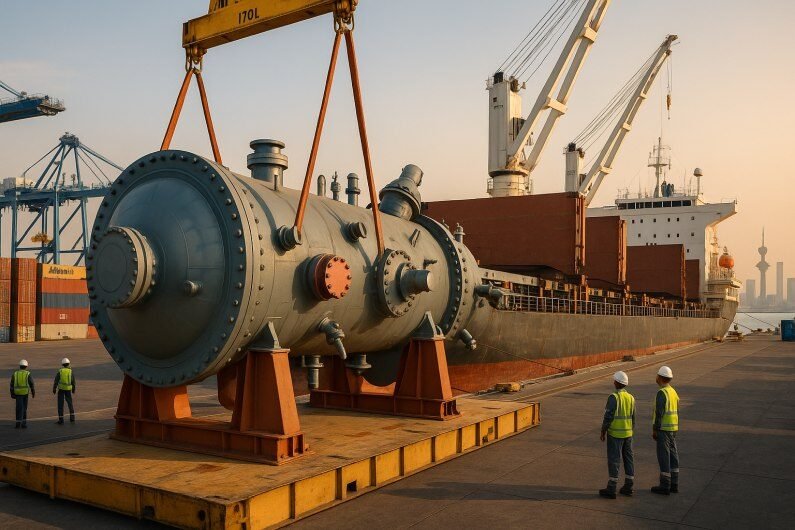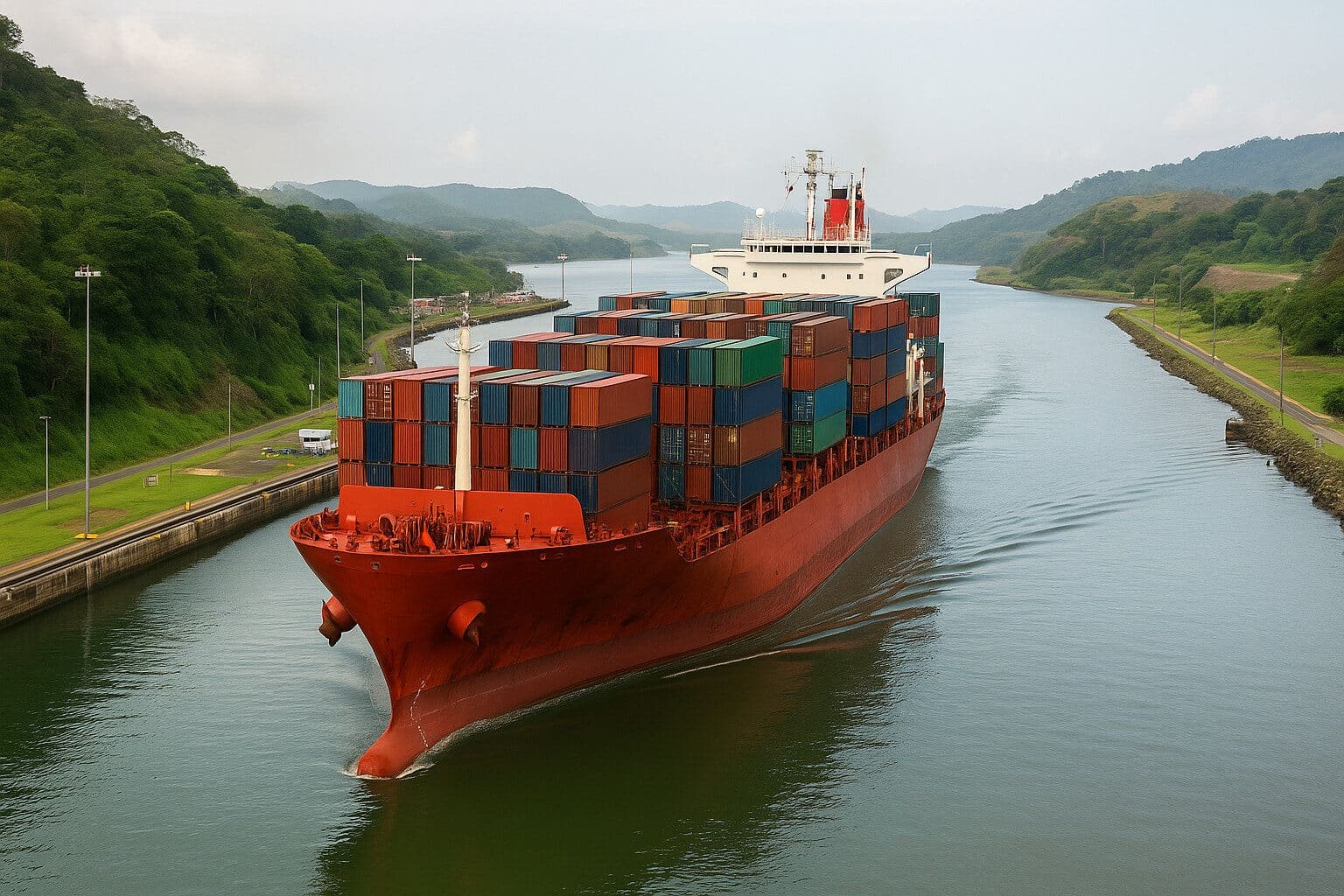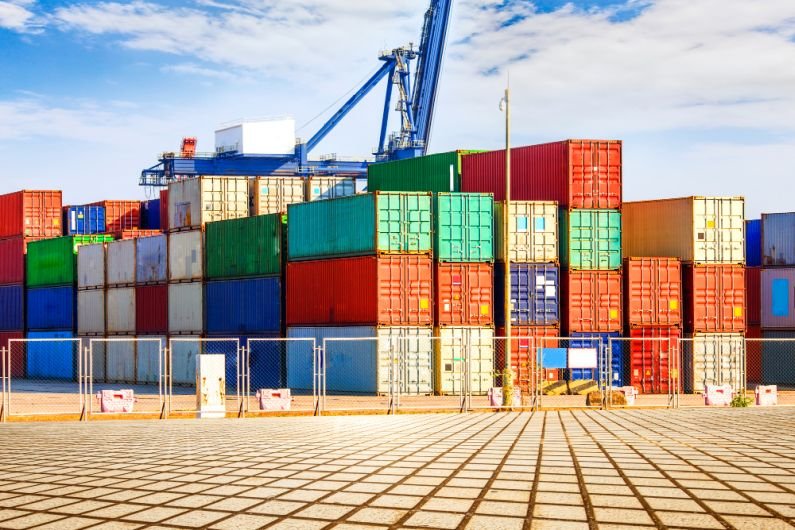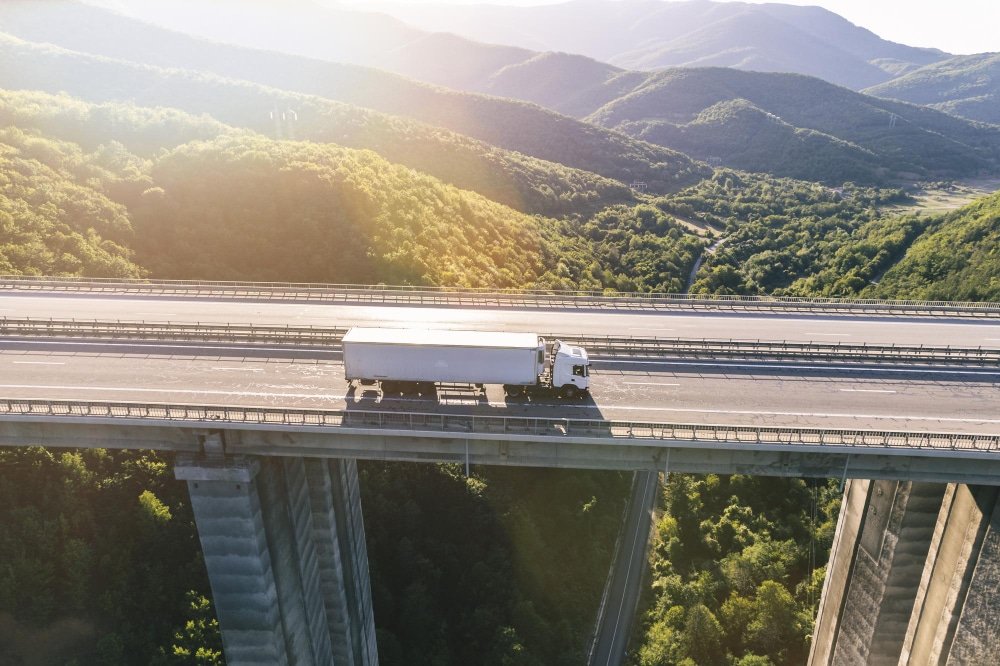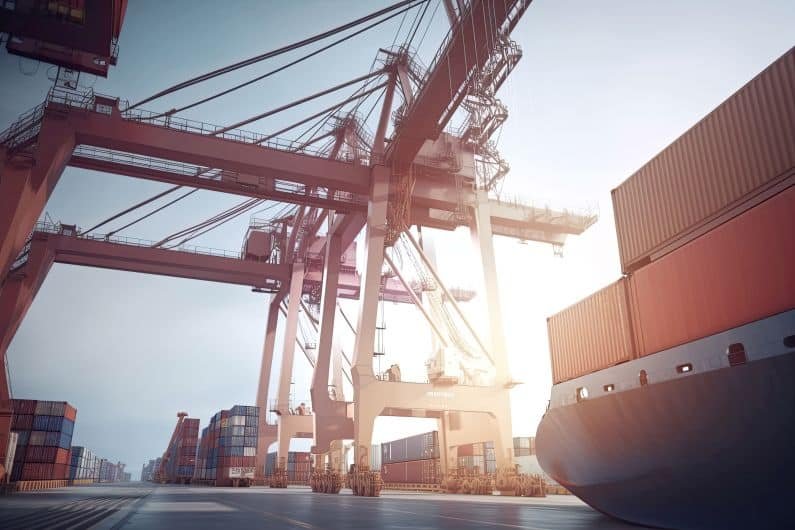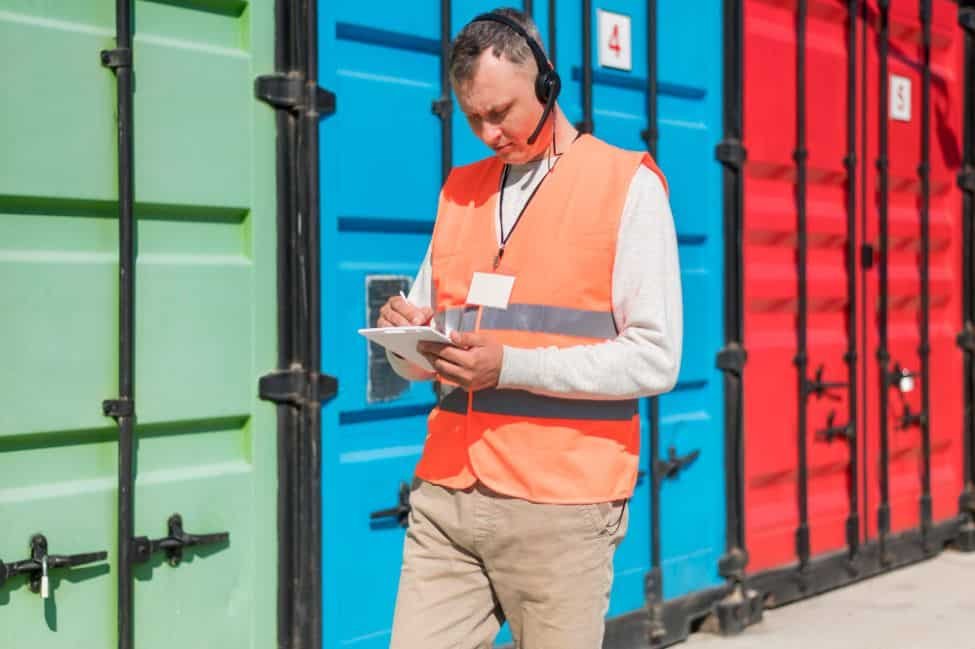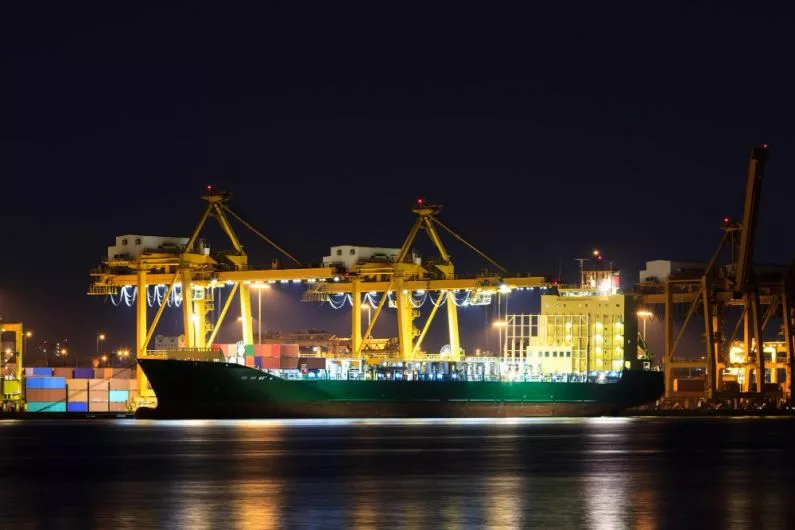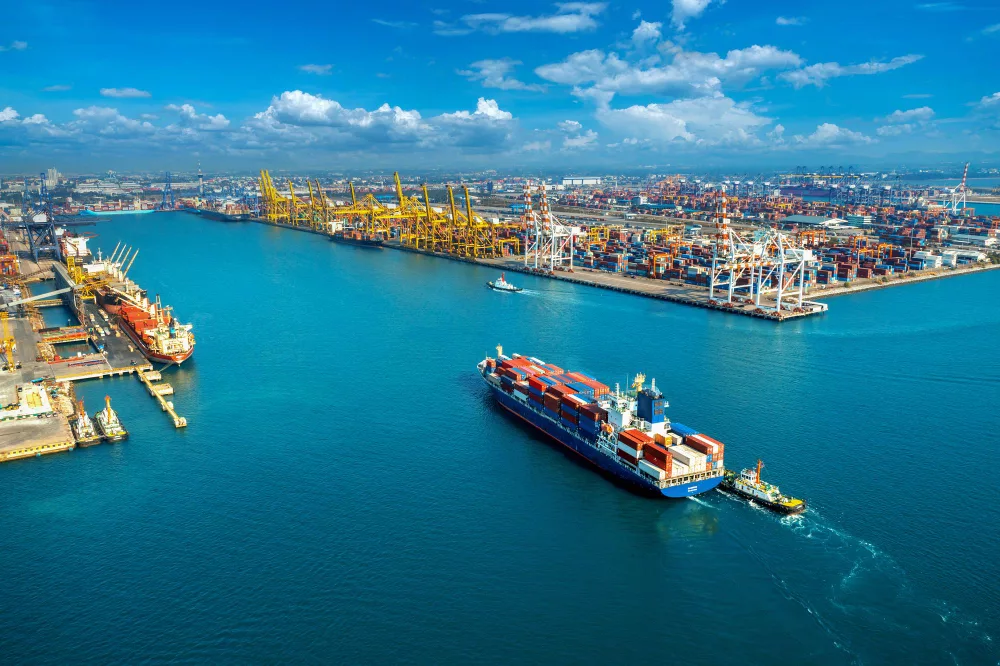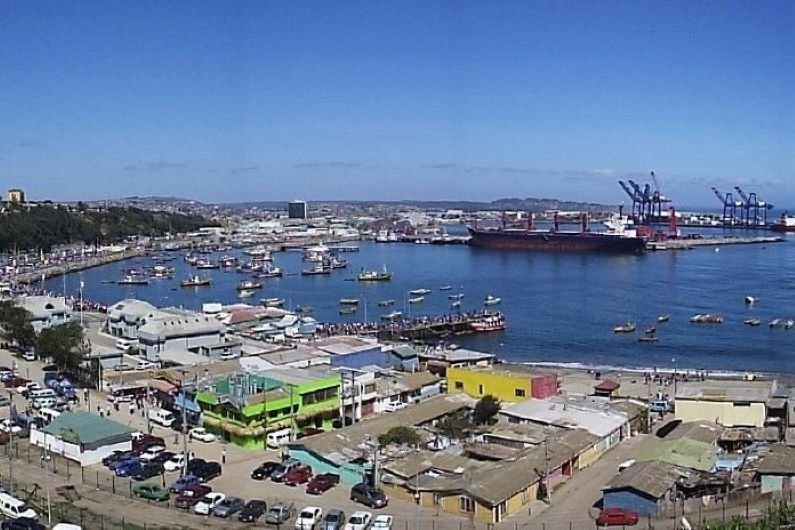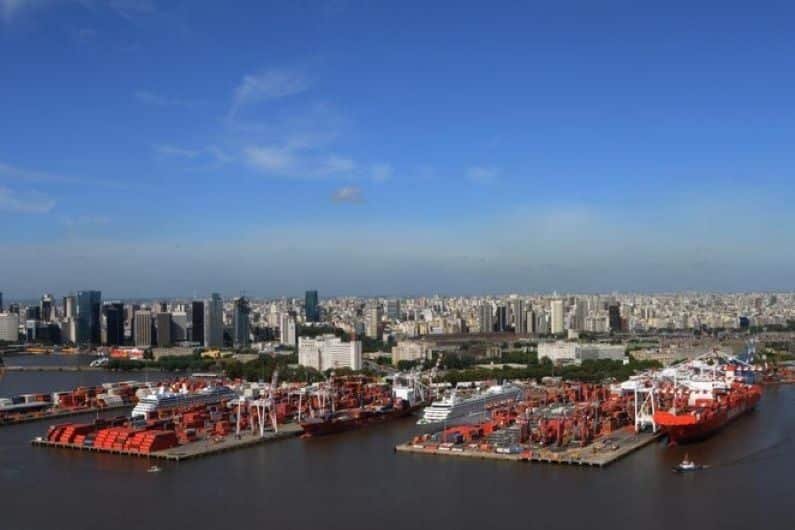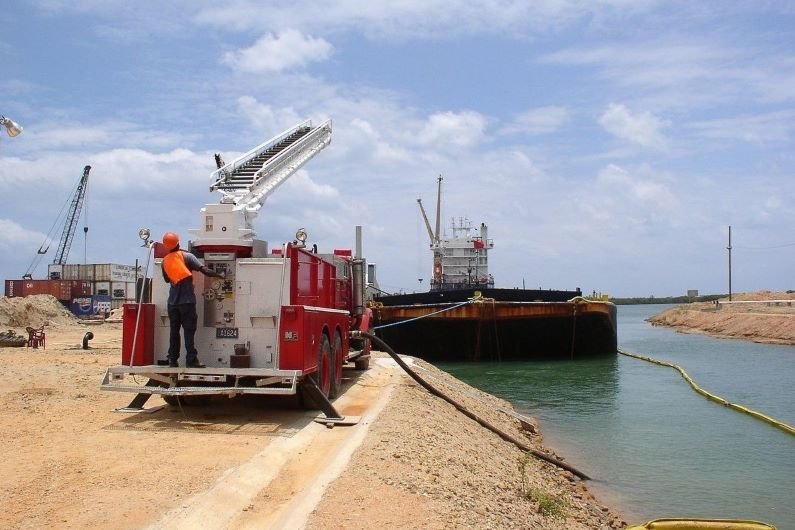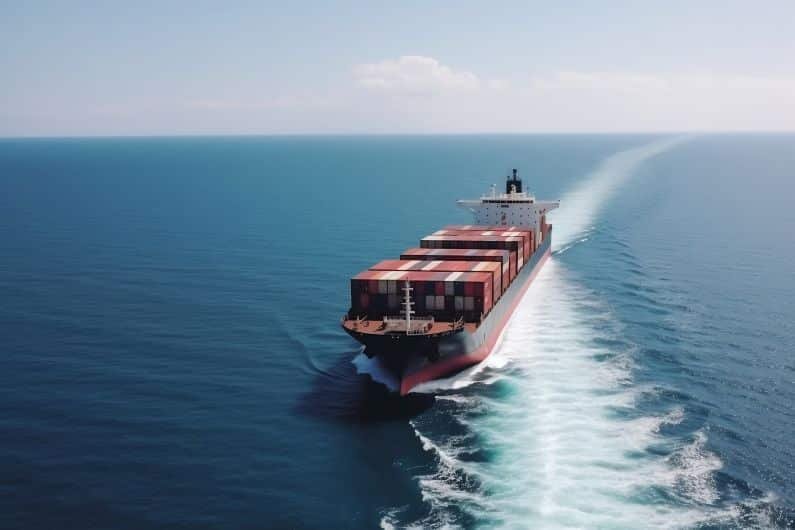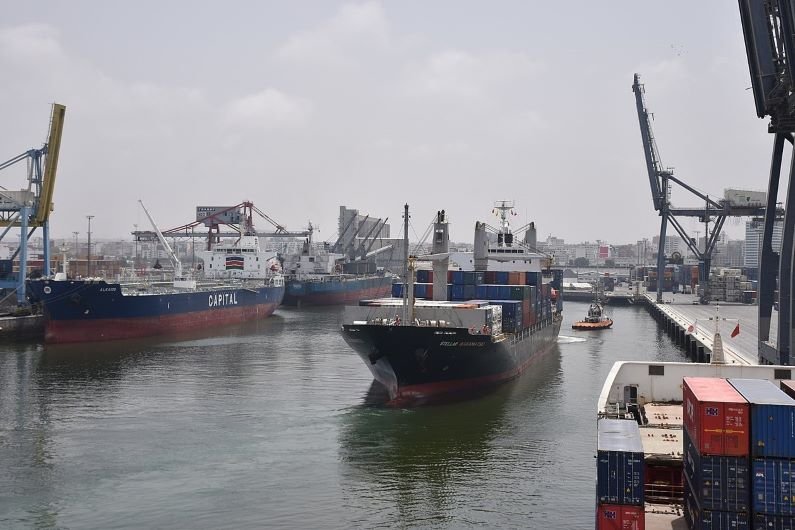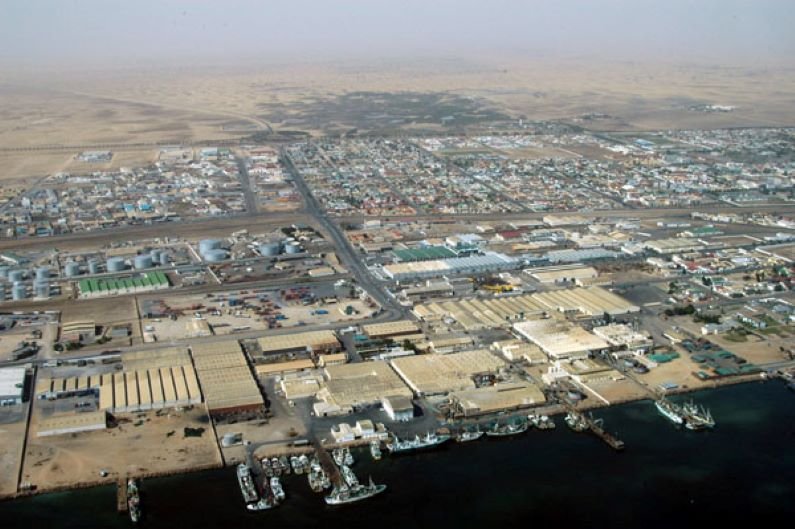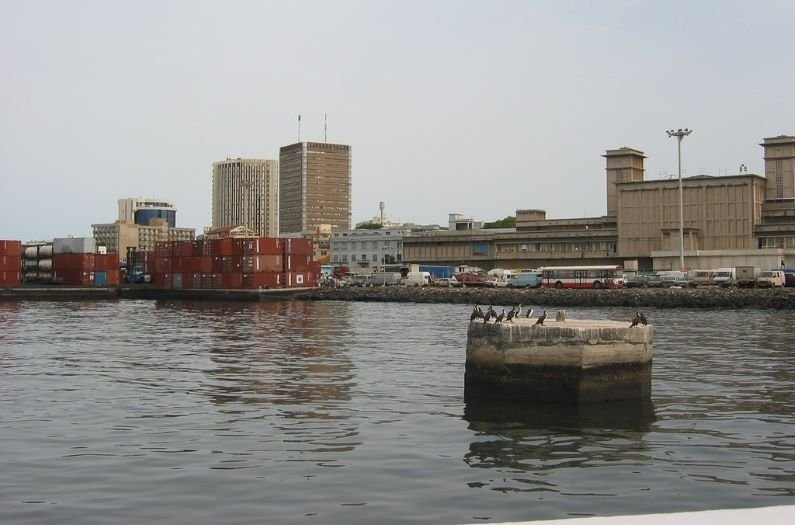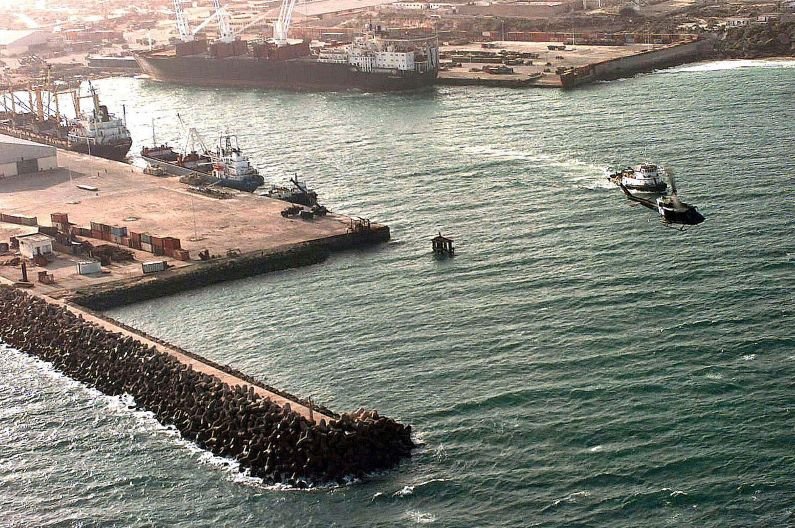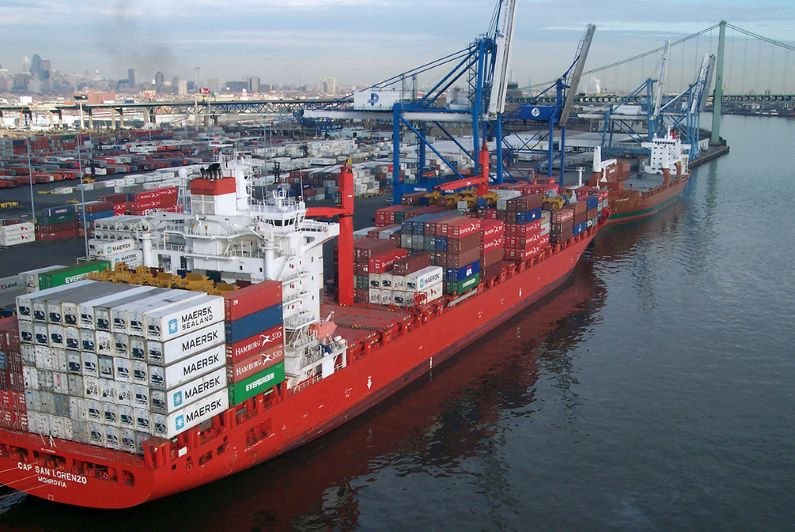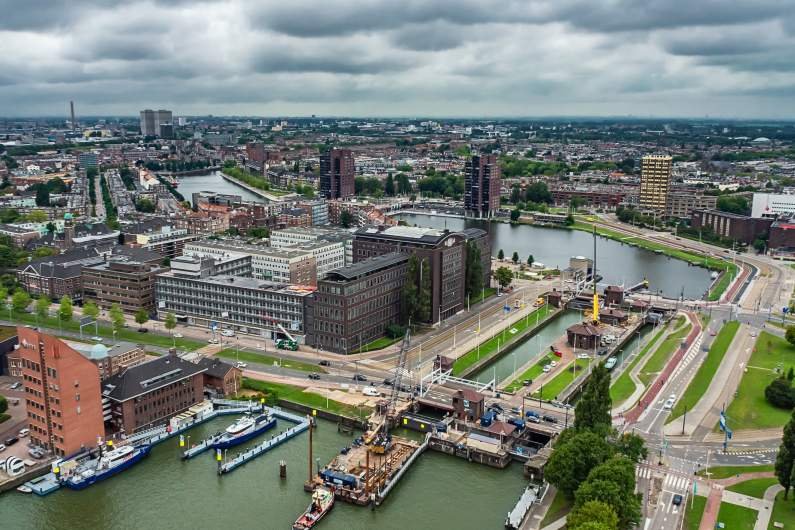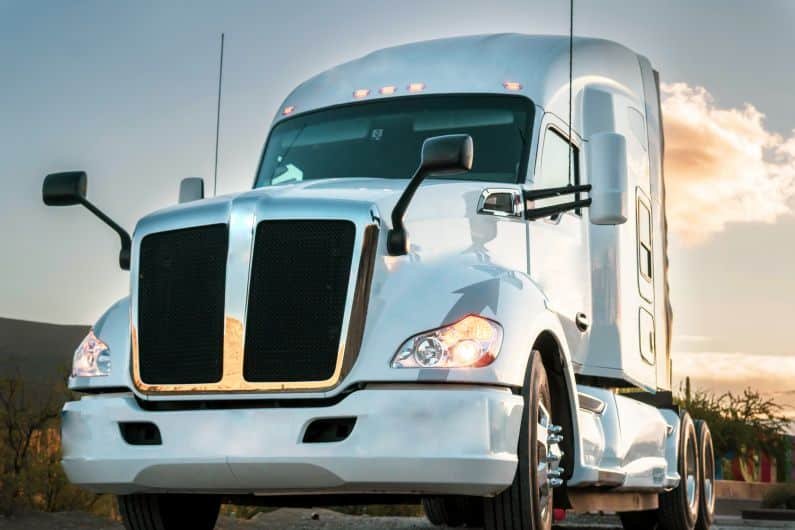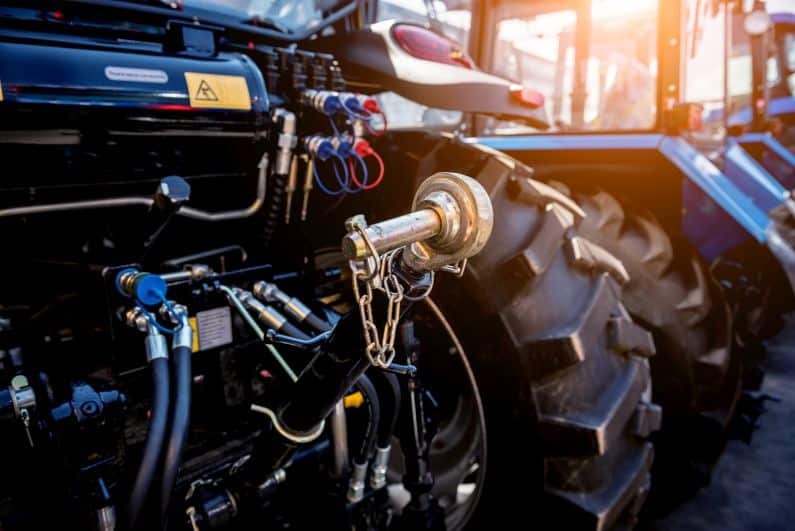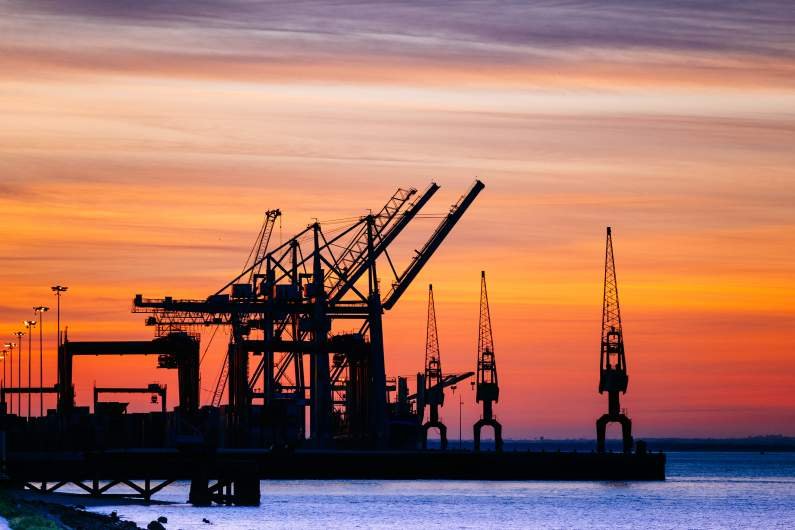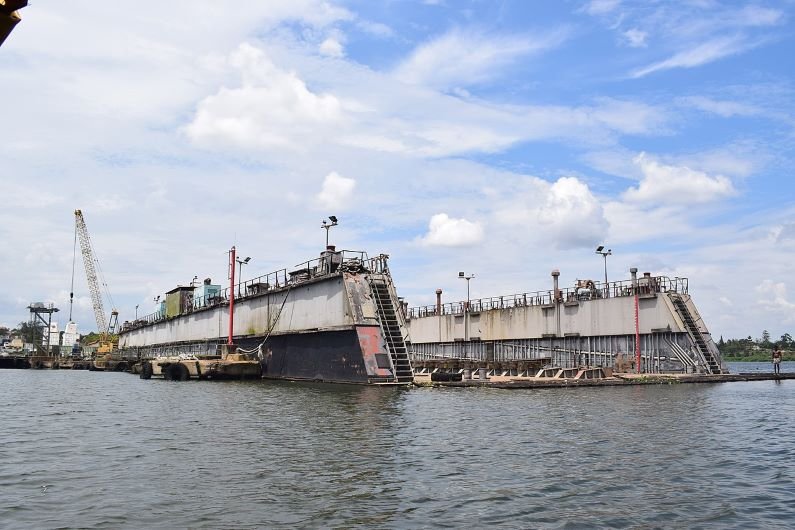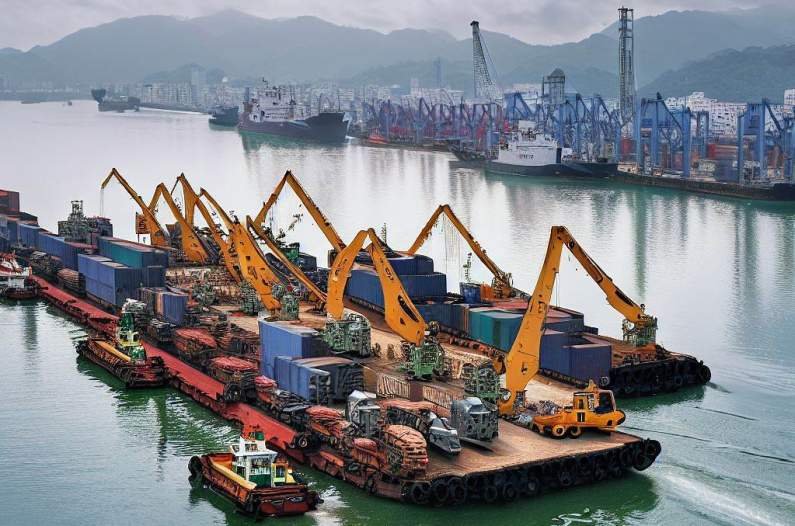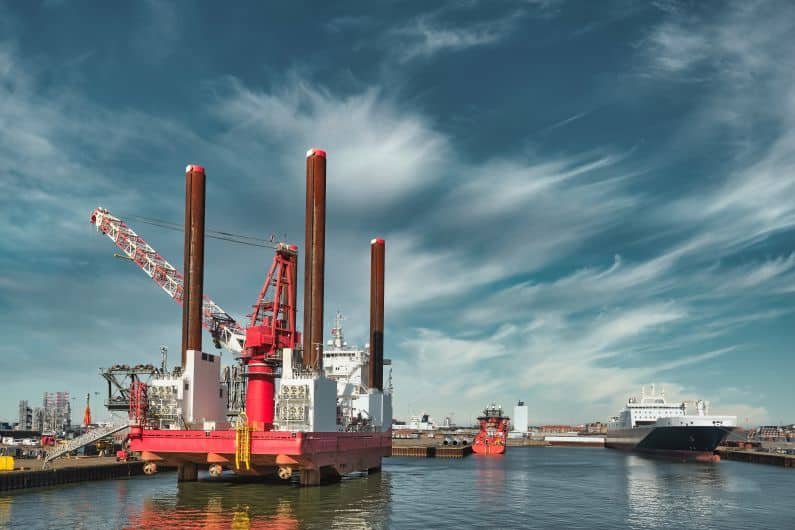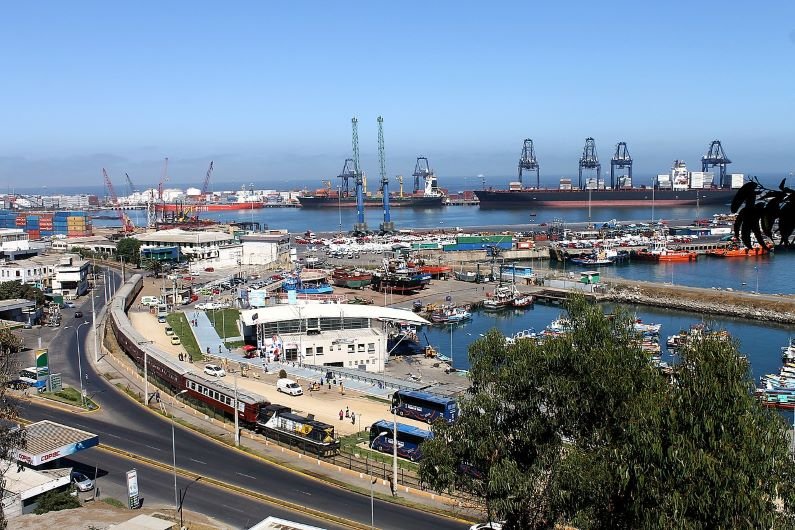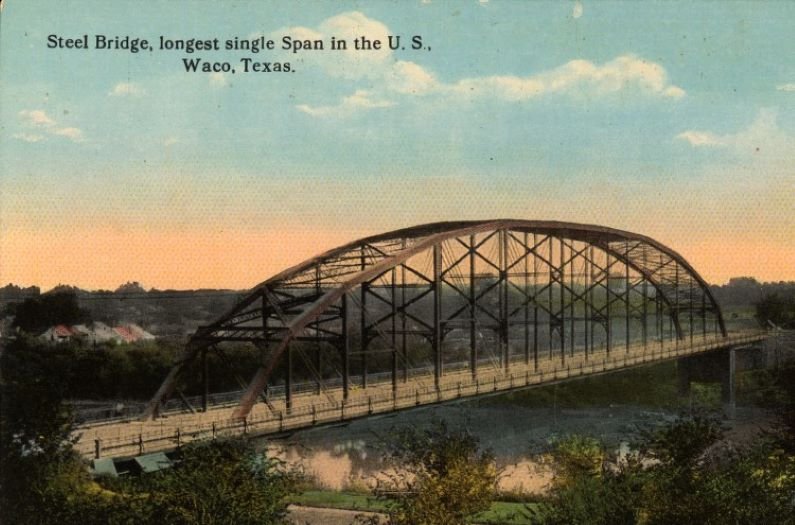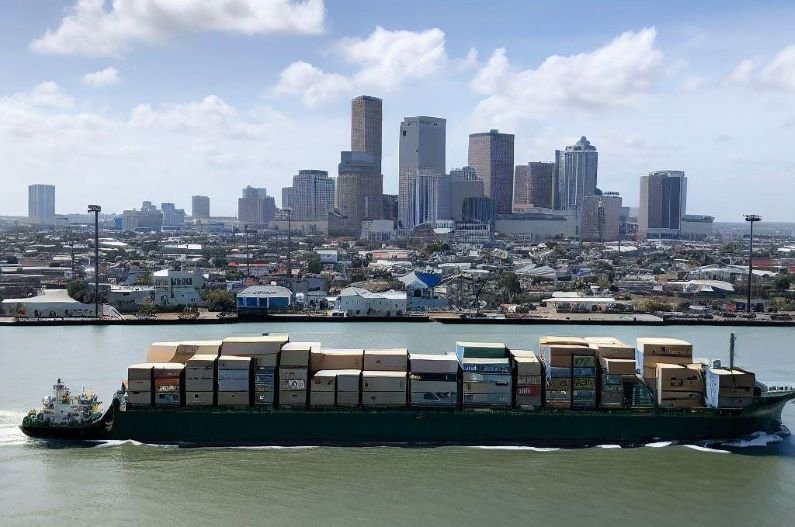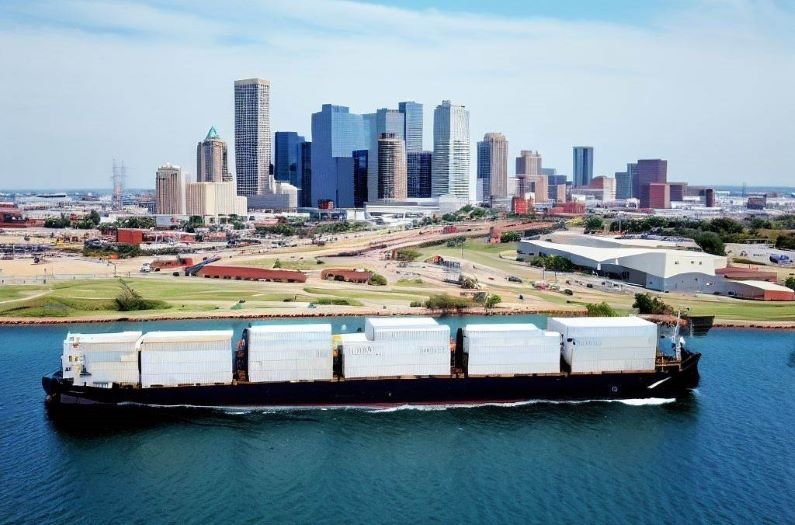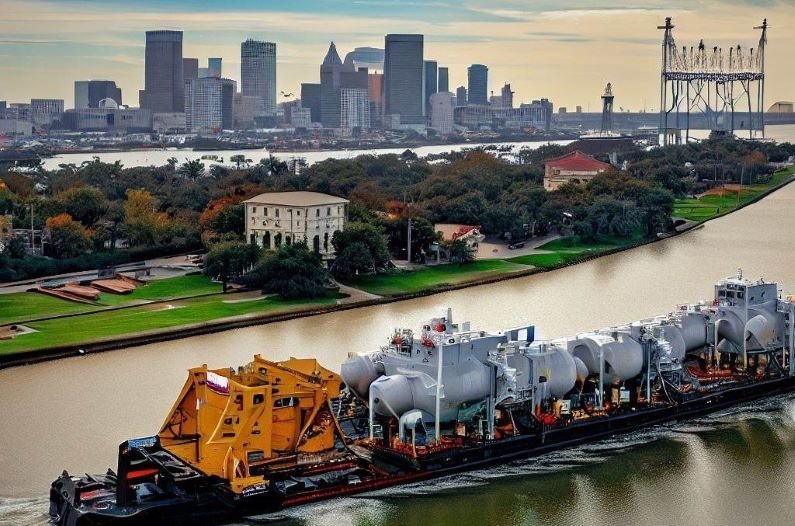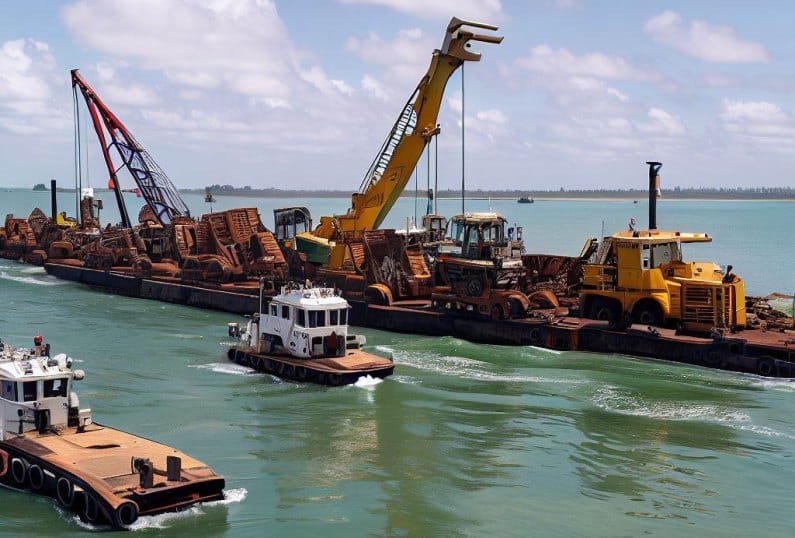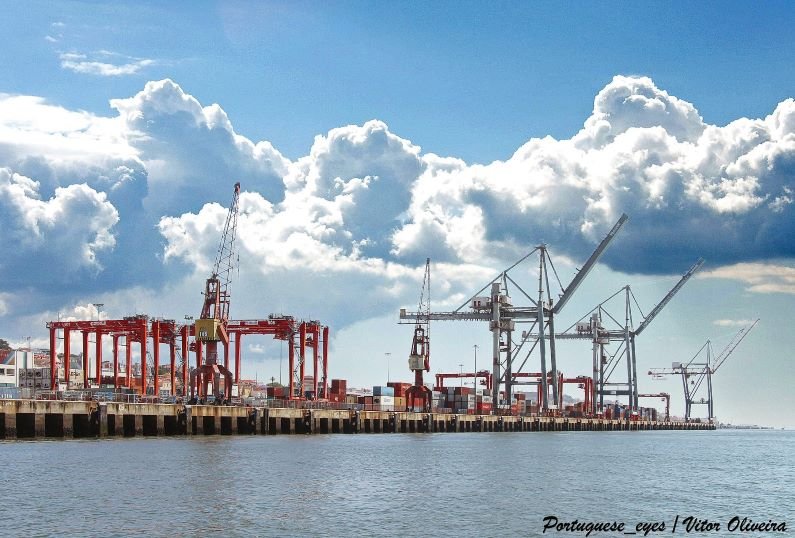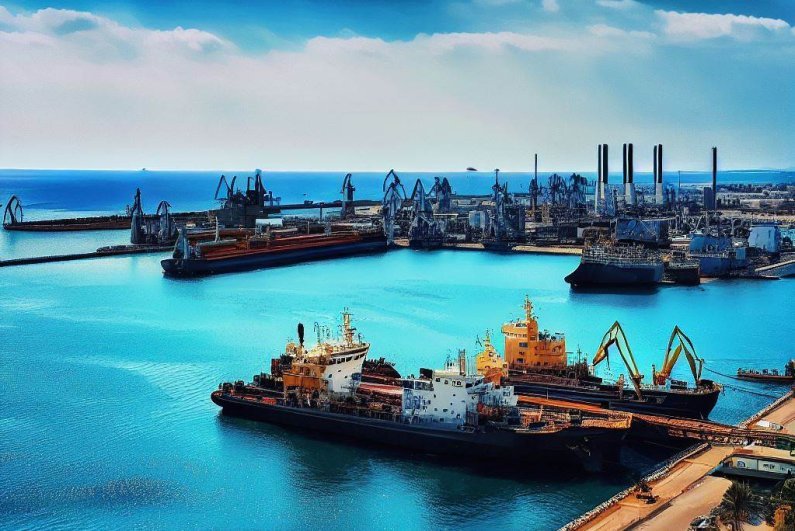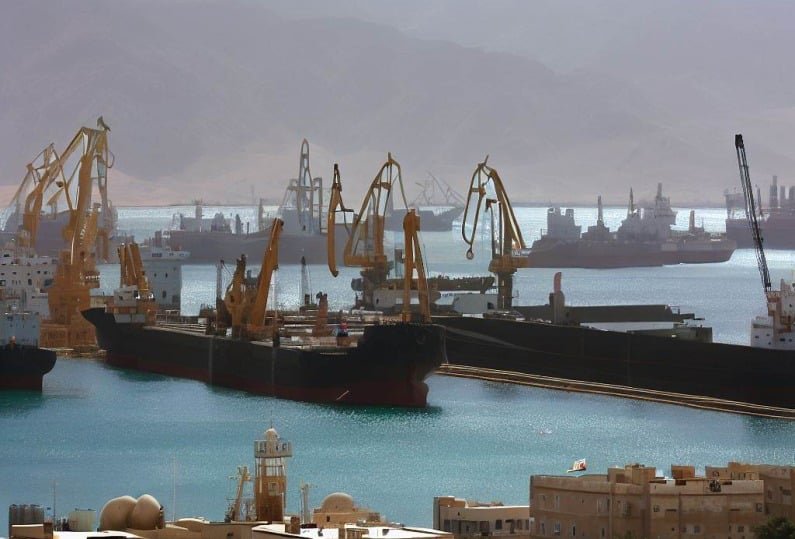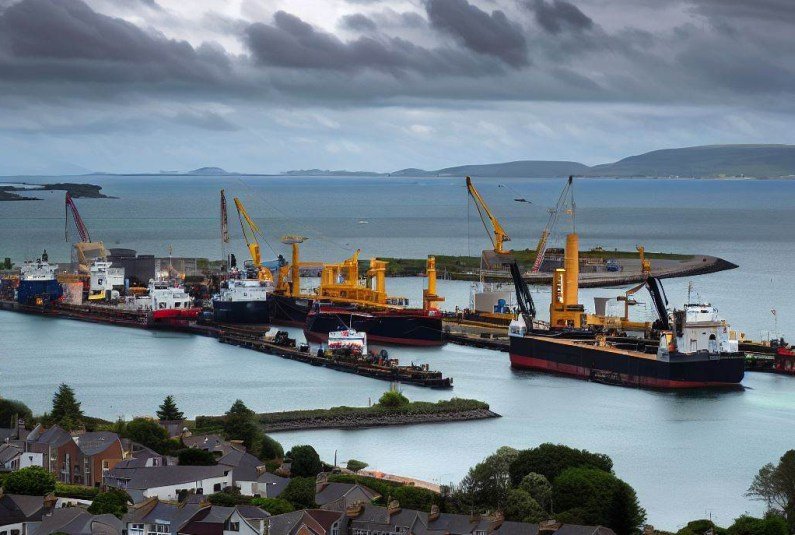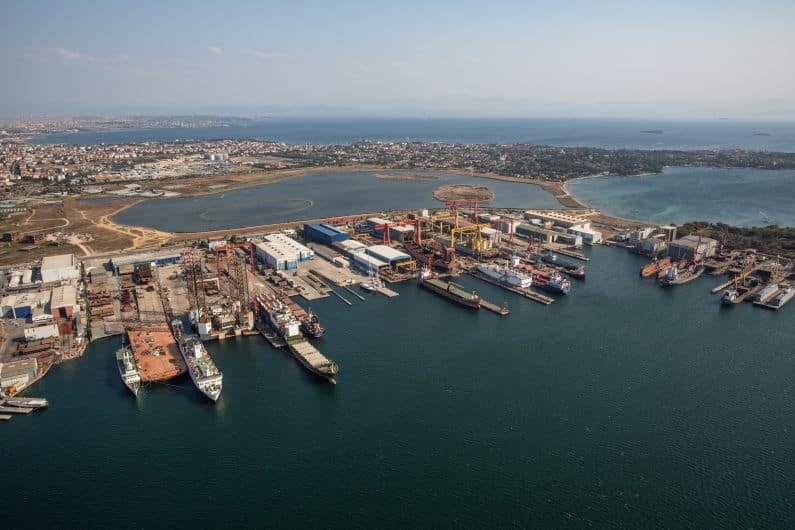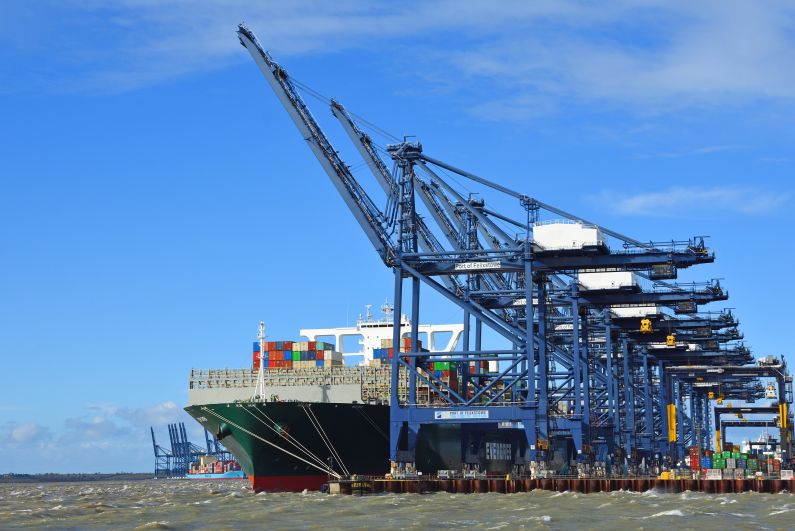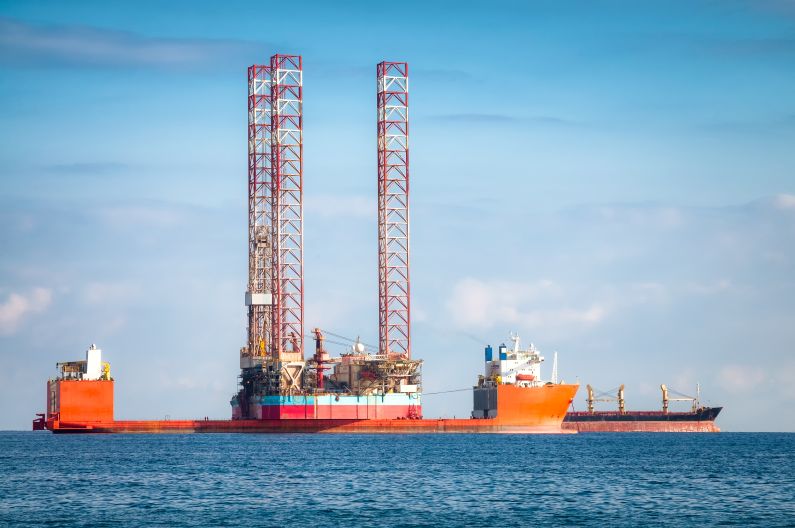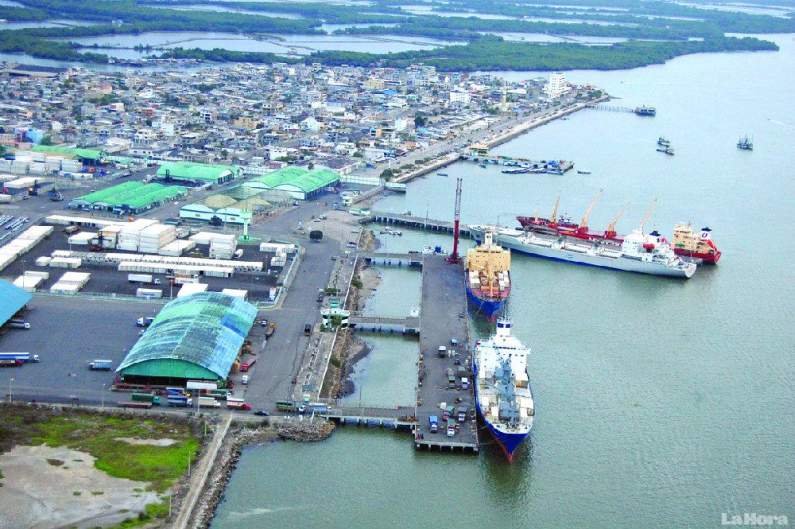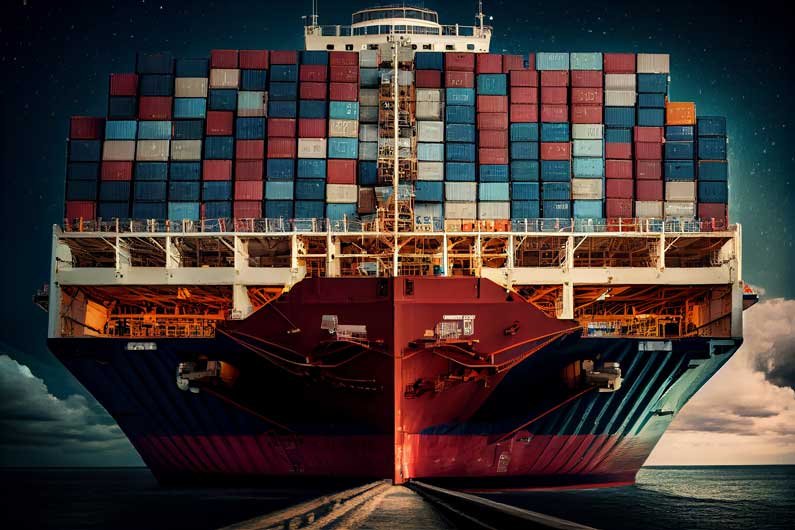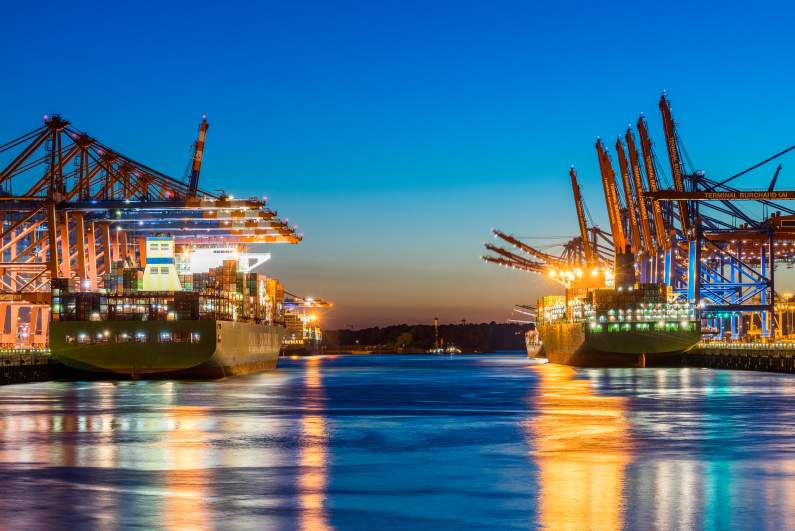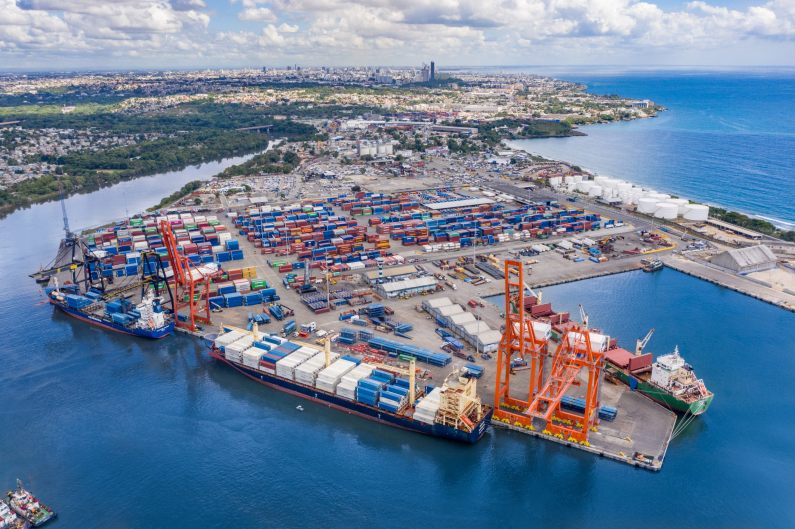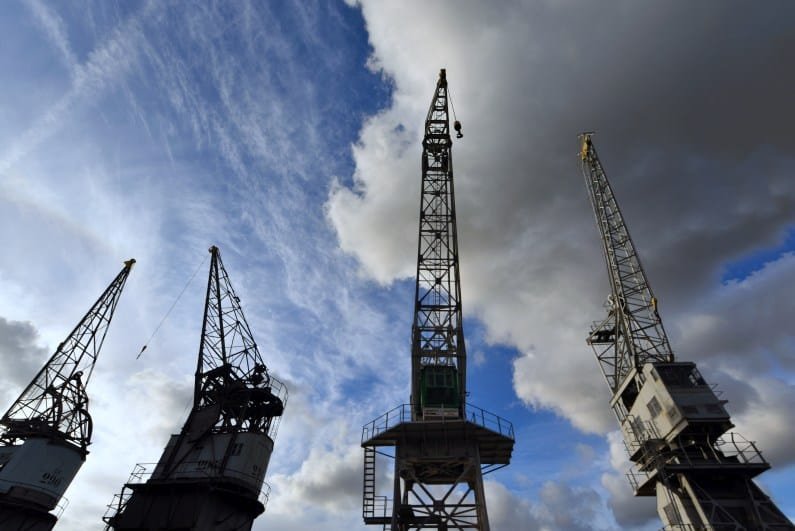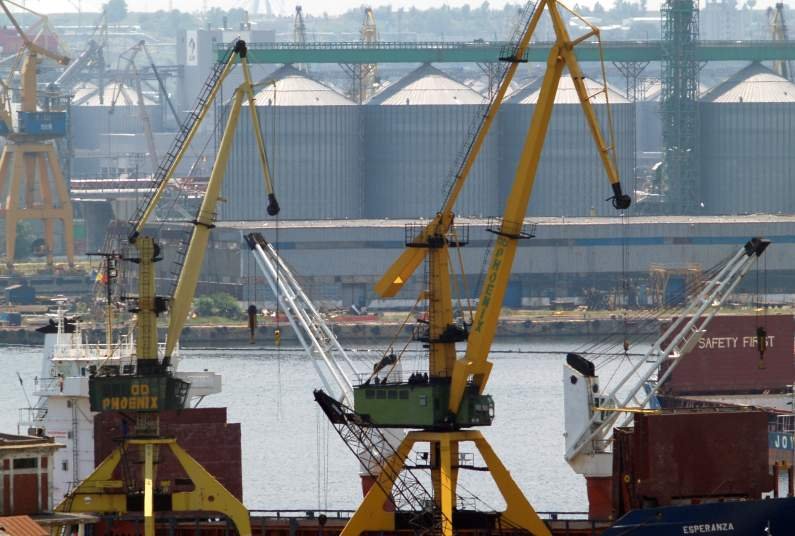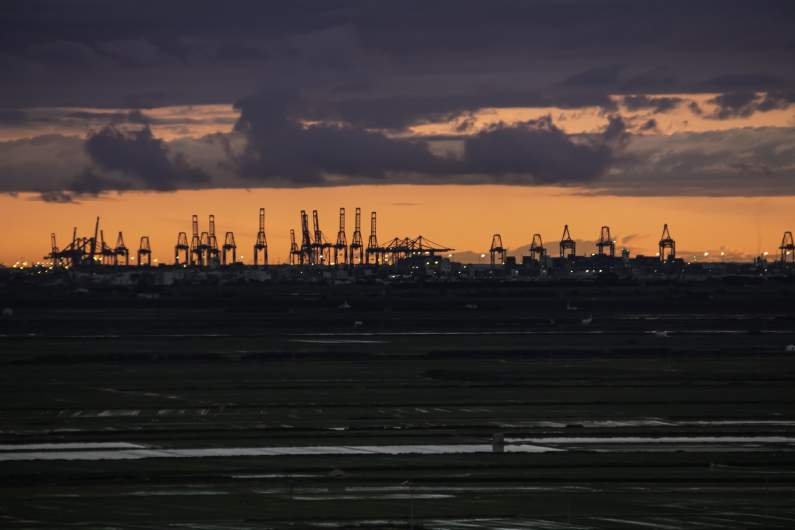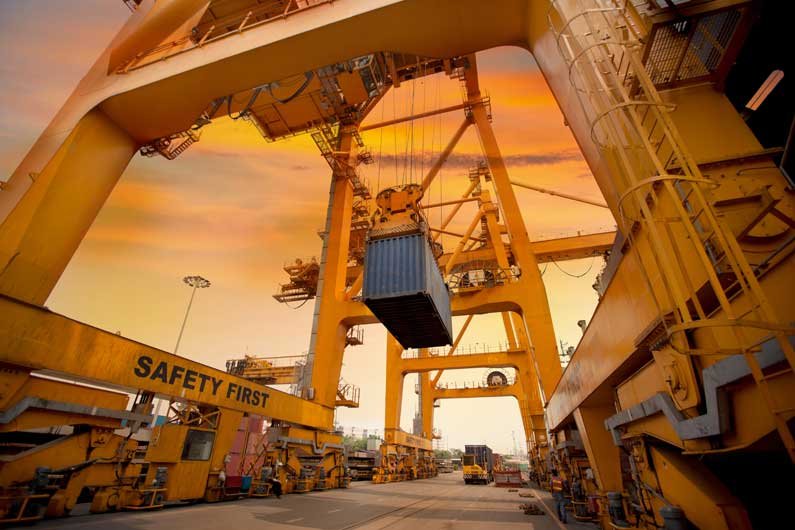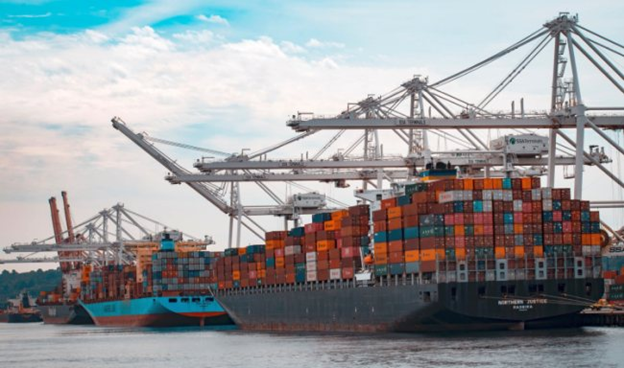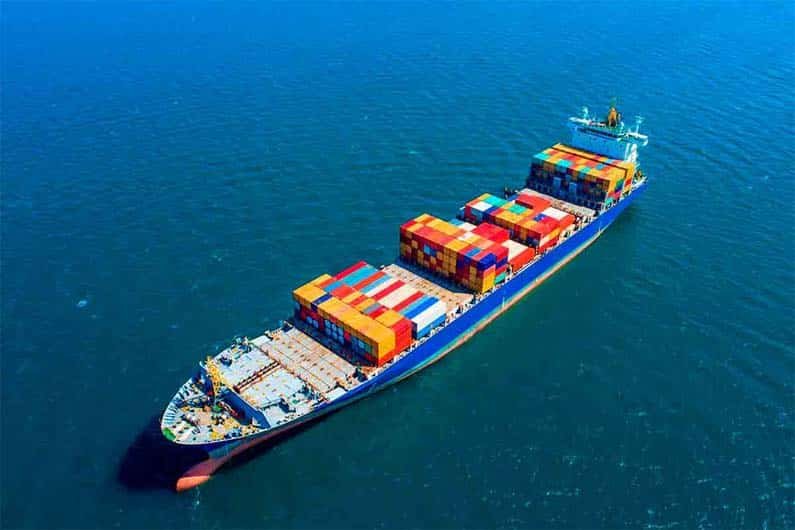In the vast expanse of the construction industry, a true giant stands tall among the machines that shape our world: the crawler crane.
Shipping crawler cranes globally is crucial to many industries, as these titans of construction are not just another piece of machinery. They are the backbone of countless projects, capable of lifting heavy loads with precision and stability.
This article explores crawler cranes in detail. You will learn about their unique features, the industries that rely on them, the technical advantages they bring, and how to work with a freight forwarder to ensure safe transport worldwide.
What Makes Crawler Cranes Special?
Mobility on Tracks
Crawler cranes move on tracks similar to those on a tank. This gives them unmatched mobility compared to wheeled cranes. They can cross muddy soil, gravel, and uneven terrain without sinking or losing balance. This flexibility is a major advantage on construction sites that lack paved surfaces or stable ground.
Stability and Load Capacity
The wide base and track system provide exceptional stability. Even when carrying extremely heavy loads, crawler cranes distribute weight evenly.
This reduces the risk of tipping, which is a key safety concern on job sites. Their lifting capacity ranges from a few tons to more than 3,000 tons, making them suitable for both medium-scale and mega infrastructure projects.
Industries That Rely on Crawler Cranes
Because of their strength and adaptability, crawler cranes are indispensable across several industries. Below are the main areas where they play a central role.
Construction and Infrastructure
High-Rise and Large Buildings
They lift steel beams, precast panels, and concrete blocks in the construction of skyscrapers, stadiums, and commercial complexes.
Without crawler cranes, many modern skylines would be impossible to achieve.
Bridge Construction
Crawler cranes place bridge components such as steel girders, concrete beams, and precast deck panels.
Their reach and strength ensure these elements are positioned safely and accurately during construction and renovation.
Highway and Railway Projects
From erecting support columns to laying overpass sections, crawler cranes are vital to transportation infrastructure. Their ability to operate on uneven ground makes them especially useful in rural and urban development zones.
Energy Sector
Wind Energy
Wind farms require cranes that can lift turbine blades and towers hundreds of feet into the air. Crawler cranes are indispensable in shipping turbines and installing them safely on-site.
Oil and Gas
In oil fields and offshore platforms, crawler cranes transport and install heavy drilling equipment. They are also used to maintain rigs and pipelines, ensuring smooth operation of the energy supply chain.
Manufacturing and Industrial
Shipbuilding
Shipyards rely on crawler cranes to move hull sections, engines, and heavy vessel components. They make assembly faster and safer.
Heavy Equipment Manufacturing
Large machinery and vehicles are manufactured in sections that require precise lifting. While forklift transport is common, crawler cranes provide the strength needed for oversized parts that forklifts cannot handle.
Key Features of Crawler Cranes
Massive Lifting Capacity
Crawler cranes range from medium lifting machines to super heavy-lift models capable of hoisting 3,000 tons or more. This makes them adaptable to everything from construction sites to energy projects.
Long Boom Reach
Lattice booms can extend hundreds of feet, enabling cranes to reach tall structures or span wide areas such as bridges and stadium roofs.
Advanced Safety Systems
Modern crawler cranes come with GPS tracking, load moment indicators (LMIs), and other safety systems that prevent accidents and enhance efficiency.
Global Shipping of Crawler Cranes
Disassembly for Transport
Because of their size, crawler cranes are disassembled into large parts before shipping. Each piece may weigh several tons and requires special handling.
Transport Modes
Freight forwarders use a mix of heavy-haul trucks, ocean freight, and air cargo depending on project timelines and destination.
Customs and Regulations
Transporting cranes internationally means navigating customs rules, import/export permits, and port regulations. Working with experienced project logistics experts ensures smooth operations.
Coordination and Safety
Shipping requires collaboration between engineers, logistics teams, and local authorities. Proper packing, securing, and unloading guarantee cranes arrive in working condition.
Future of Crawler Cranes
Innovations in Engineering
Manufacturers are investing in lighter yet stronger materials. The result is cranes that consume less fuel while delivering greater lifting power.
Environmental Considerations
Eco-friendly models with hybrid engines and reduced emissions are being developed to meet global sustainability standards in construction and shipping.
Role in Future Infrastructure
As global infrastructure expands, crawler cranes will remain essential. The demand for international crane transport will continue to grow, especially for projects in energy, construction, and shipping hubs worldwide.

